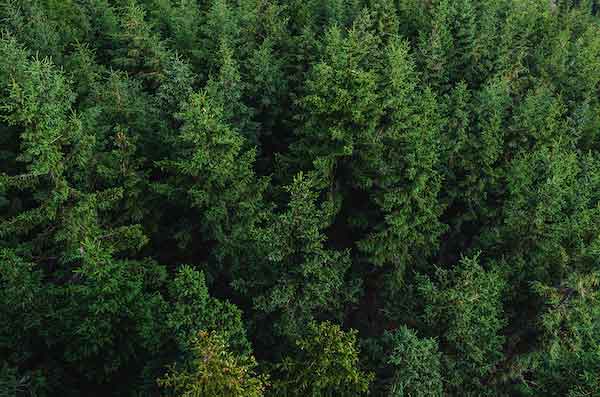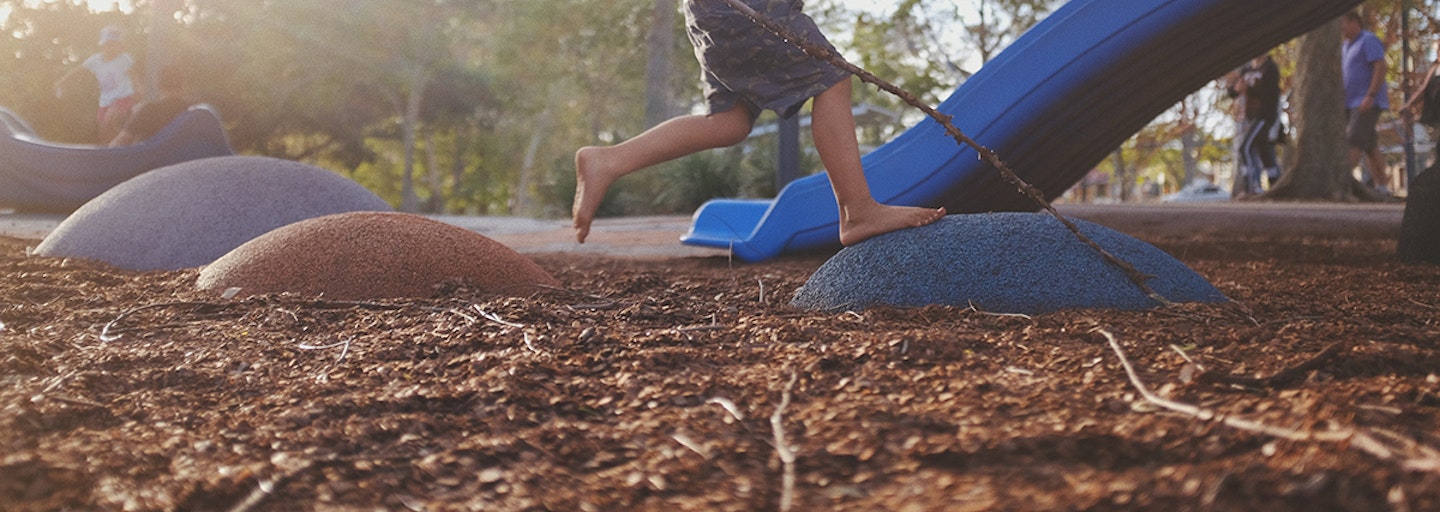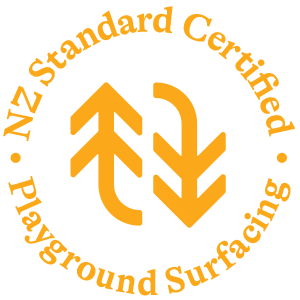What is the best playground surface?
A fair and unbiased evaluation of the various playground surfaces available in the market to assist you in making an informed choice for your play area.
Download our free guideEnsuring a safe playground surface is crucial in reducing the risk of injuries during playtime. However, how do you determine which surface is best for your requirement?
To maintain safety, it's essential that the ground beneath playground equipment offers cushioning and impact absorption. There are various materials for playground surfaces, each with their own set of advantages and disadvantages.
However, they should all share two critical characteristics:
Compliance with the NZS 5828:2015 standard.
Effective impact absorption when a child falls.
Here's a breakdown of the pros and cons of different playground surface materials to help you make an informed choice.
Wet pour rubber
Pros
Non-slip surface
Low maintenance
Customisable in colour and design
Suitable for wheelchair access
Repurposes waste rubber
Cons
Higher initial cost
Requires professional installation
May fade over time
Can develop tears or holes
Can get very hot in summer
Rubber tiles
Pros
Easy to replace
Low maintenance
Customizable
Suitable for wheelchair access
Cons
Heat absorption in hot weather
Initial installation cost
Seams can cause tripping hazard
Often needs a level site
Wood chip & bark
Pros
Natural appearance
Cost-effective
Does not require professional installation
Temperature resilient
Can be repurposed as garden mulch after use
Cons
Requires regular replenishing
Can be displaced by heavy use
Needs to be maintained
Not suitable for wheelchair access
See Azwood's client success story with natural bark playground surfacing
Sand
Pros
Great for digging and sensory play
Inexpensive
Doesn't deteriorate readily with usage
Easy to install
Readily available
Cons
Requires regular cleaning and leveling
Attracts pests and debris
May conceal hazardous objects
May compact
Not suitable for wheelchair access
Attractive to animals
Not certified to the NZS 5828:2015 standard
Grass
Pros
Natural and soft surface
Aesthetic appeal
Cooler surface in hot weather
Cons
Requires regular maintenance
Can become muddy in wet conditions
Attractive to animals
Not certified to the NZS 5828:2015 standard
Artificial turf
Pros
Low maintenance
Durable and weather-resistant
Natural aesthetic
Cons
Initial installation cost
Doesn’t provide as much cushioning
Not certified to the NZS 5828:2015 standard
Key considerations
Colour
Thinking about adding a black artificial surface to enhance your landscape design? It may seem appealing, but black surfaces tend to trap heat during the summer, much like asphalt or black piping. This can lead to problems such as cracking, warping, and gaps between tiles caused by temperature changes.
Maintenance
All surfaces require some maintenance, some more than others. Artificial surfaces require less frequent maintenance, but when they do need maintenance you often need to get a professional in. On the other hand natural surfaces require top ups and leveling but this can be done with the resources you already have (e.g. staff or volunteers).
Budget
Determine your budget constraints and choose a surface that aligns with your financial capabilities. Just as every playground's needs are unique, your financial circumstances and resources are specific to you, so when investing in playground surfacing, it's vital to look beyond the initial costs and consider the entire capital outlay. This approach ensures that you understand all the expenses involved, not just the upfront ones. By doing so, you can make informed decisions based on the complete financial picture.
Weather
Weather can impact both natural and artificial playground surfaces. In the case of natural surfaces like grass, excessive rain can make the area muddy and potentially slippery, creating safety hazards. For artificial surfaces like rubber or synthetic turf, intense heat can cause the material to become uncomfortably hot for children. In addition, prolonged exposure to UV radiation can lead to fading and deterioration of artificial surfaces, affecting their longevity and safety. Proper maintenance and consideration of local weather conditions are essential for ensuring the safety and durability of playground surfaces.
Safety Standards
Ensure the surface meets safety standards and certifications, such as those outlined in New Zealand's NZS 5828:2015 standard, to minimize the risk of injuries.
Our certified playground surfacing range
Related articles

Follow us
More from Azwood
Connect with us on social media to learn more and be the first to hear our latest industry updates


